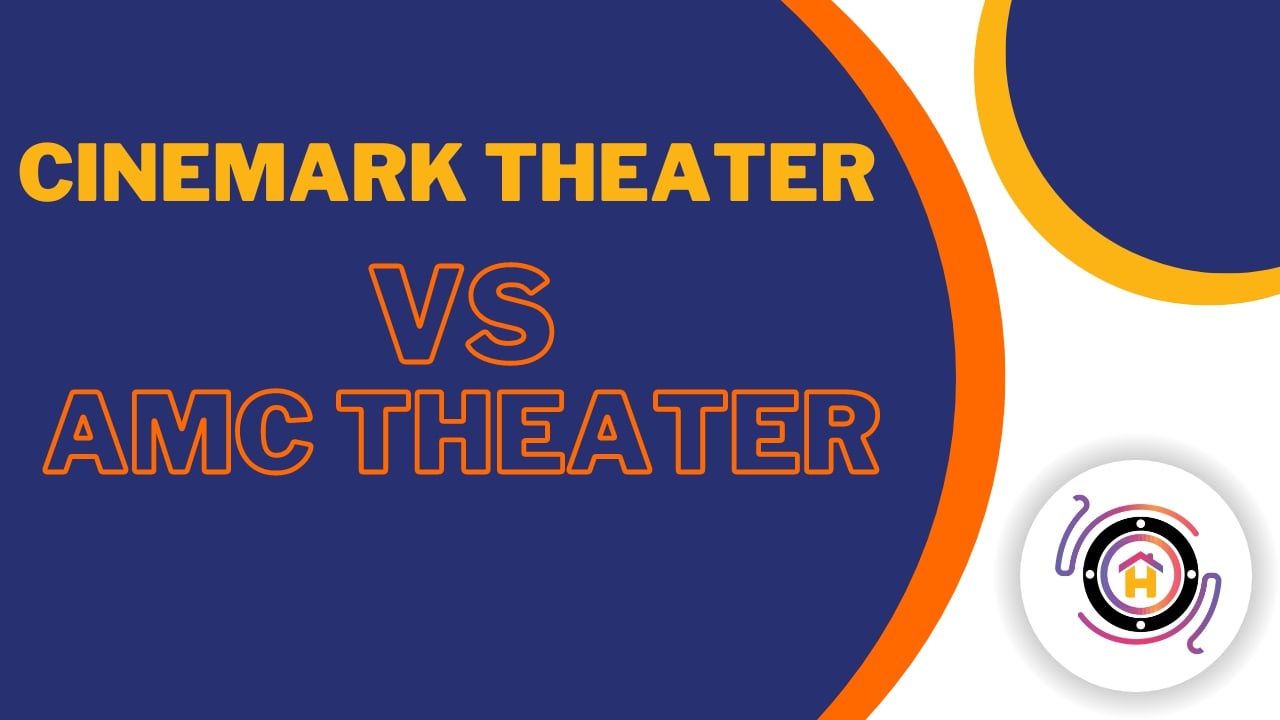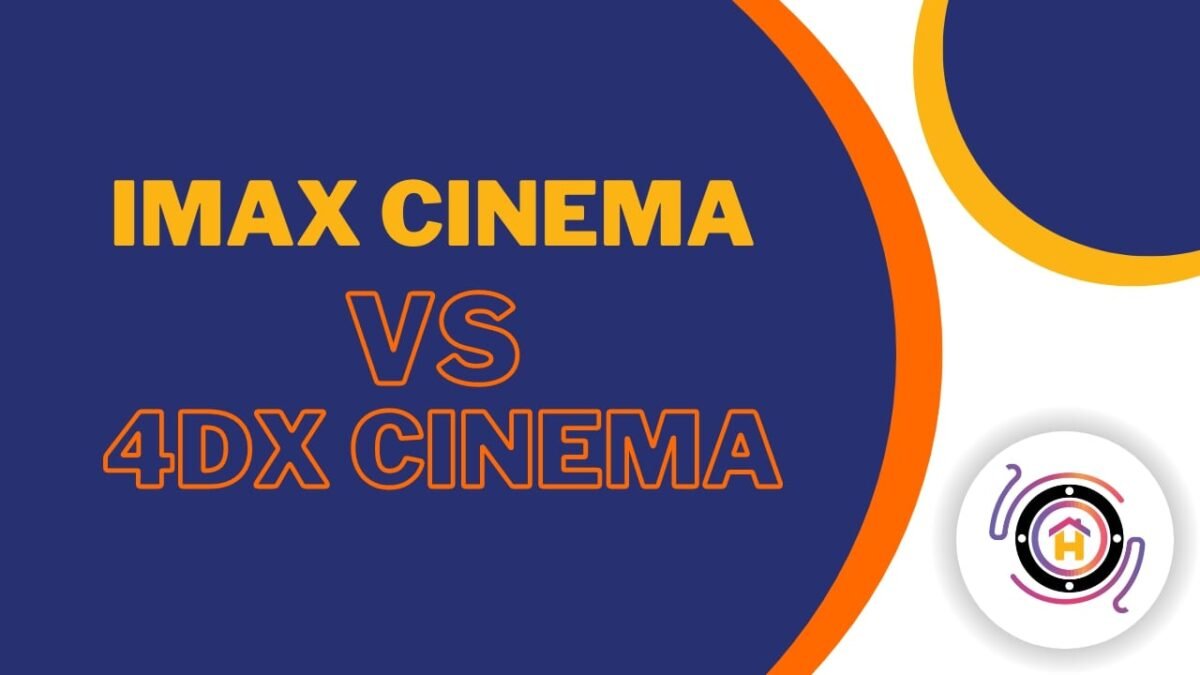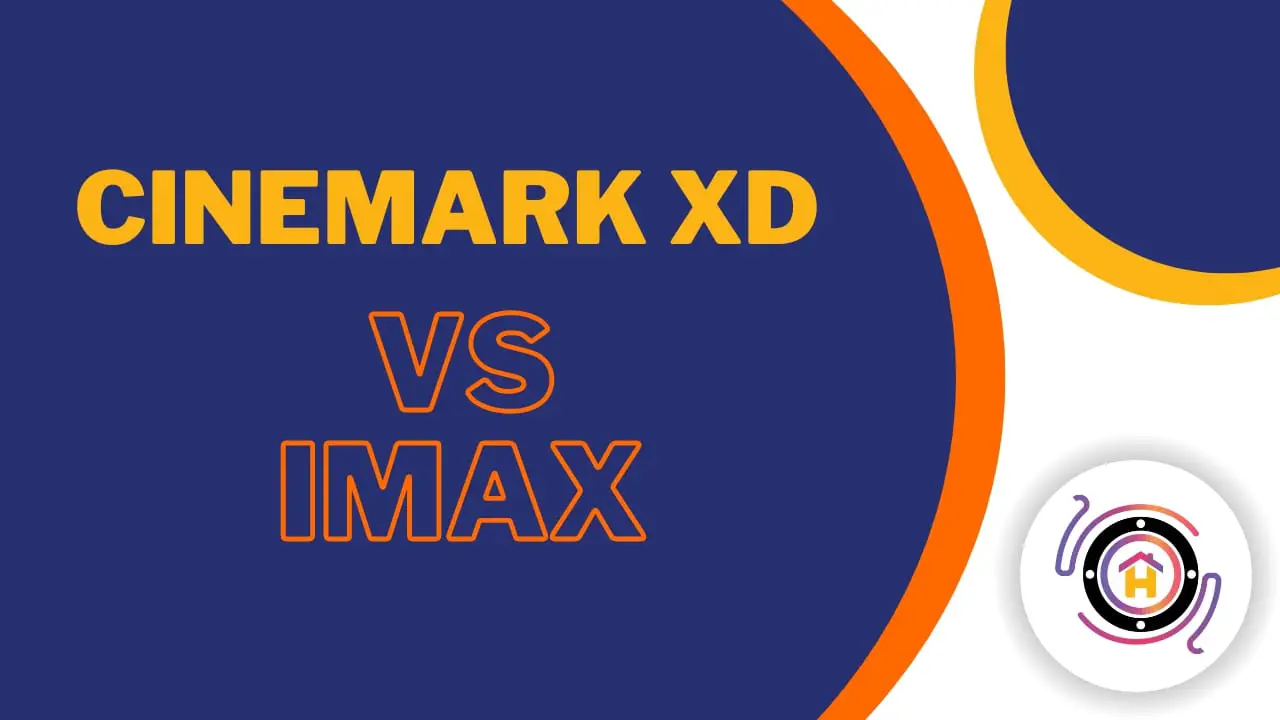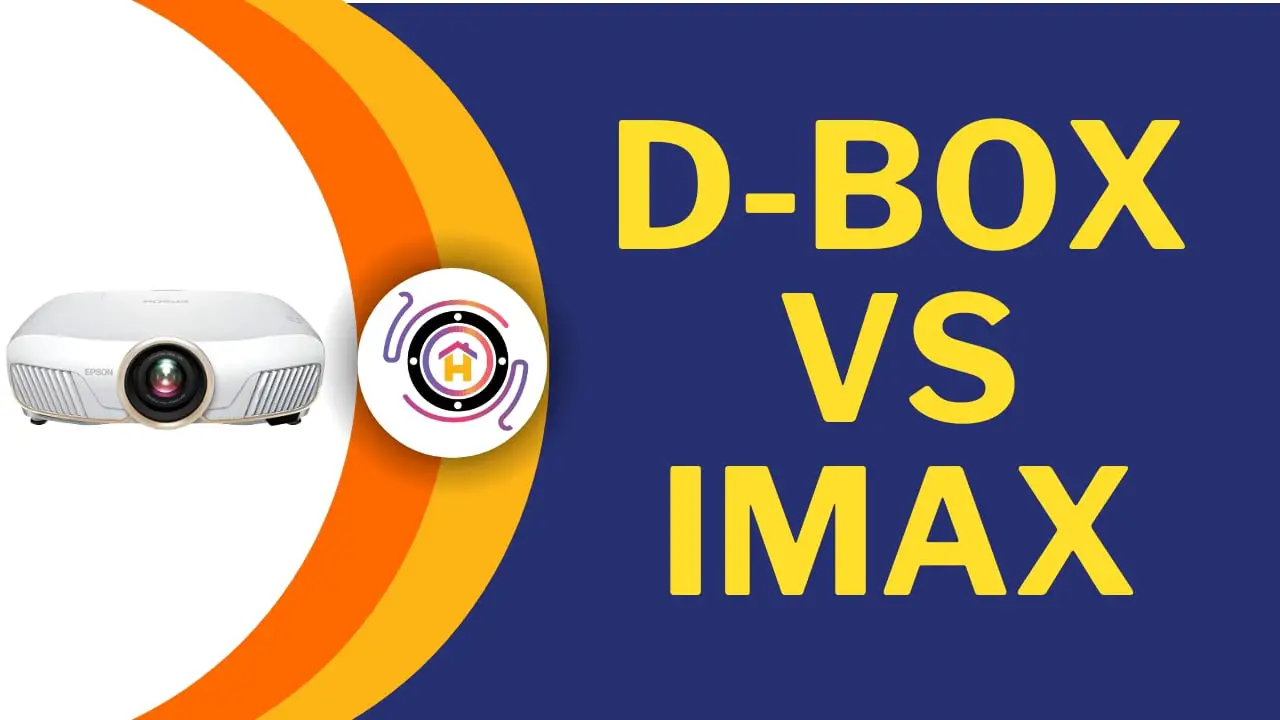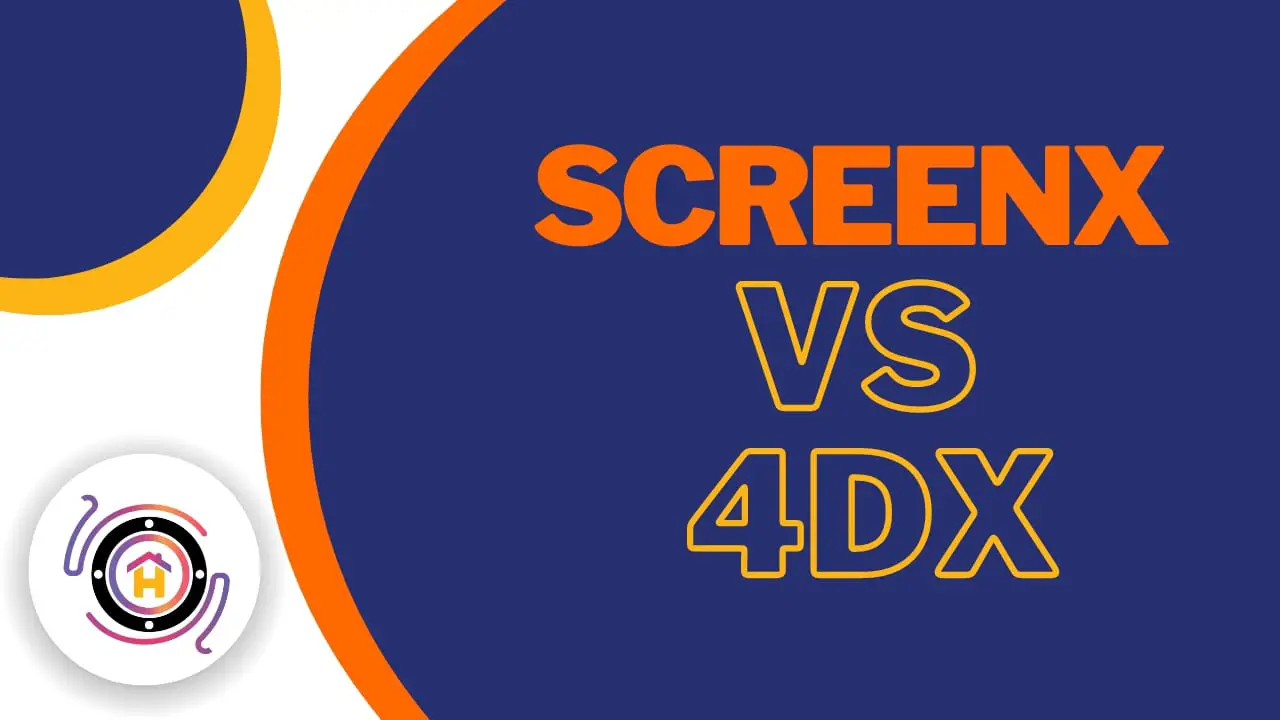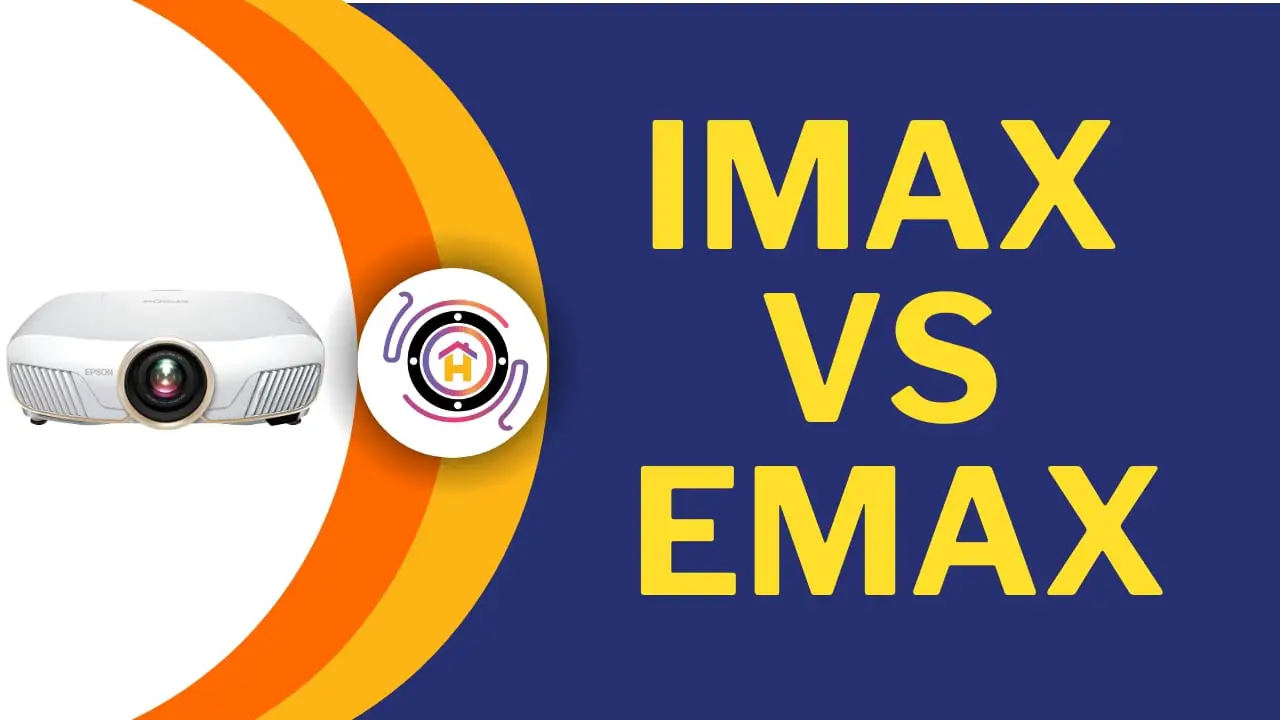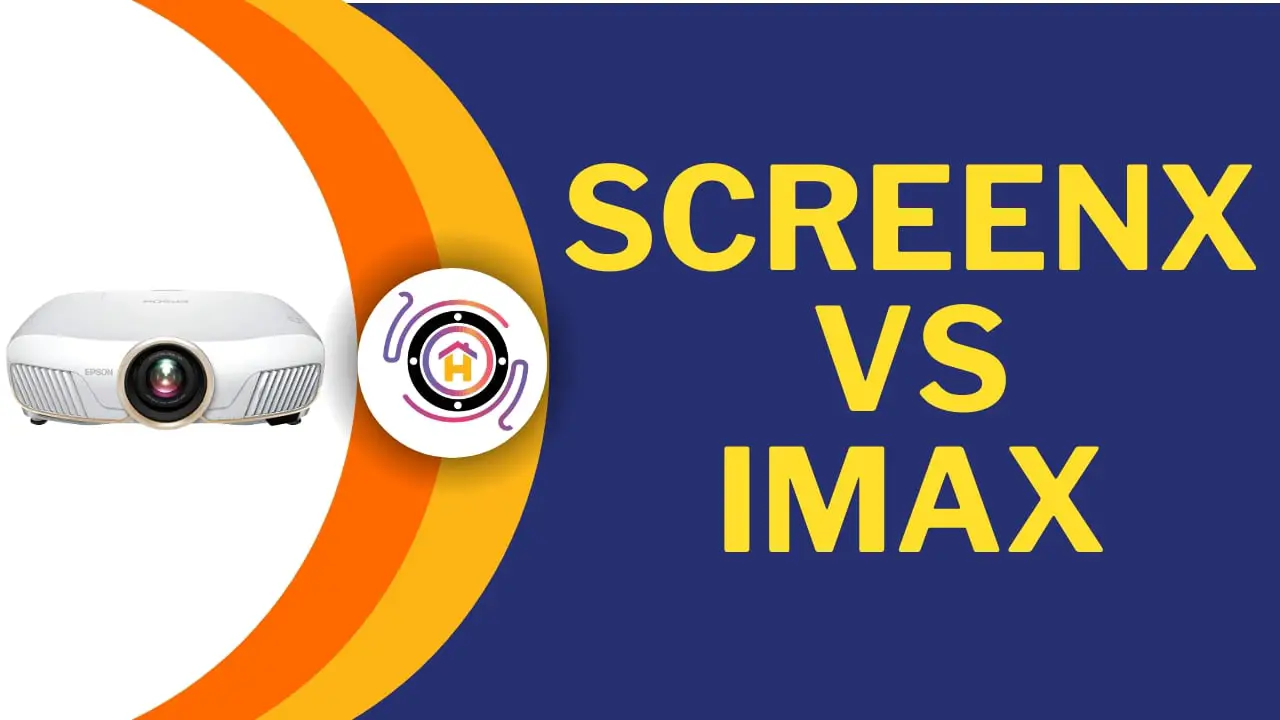Cinemark vs AMC: A Cinematic Showdown
In the hustle and bustle of our daily lives, finding solace often involves escaping into the magical world of movies. While a week-long vacation might not always be feasible, a brief respite at the local cinema can prove to be an effective antidote.
Among the myriad of options available, Cinemark and AMC stand out as two of the most esteemed and widely appreciated movie theater chains. This article aims to provide an in-depth comparison of these giants, shedding light on various aspects to help you make an informed decision for your next cinematic escape.
Table of Contents
Cinemark Overview:

Established in 1984, Cinemark has become a household name in the United States and Brazil, boasting a significant presence in major cities. Known for its luxurious environments, Cinemark theaters provide a diverse range of formats, including RealD 3D, DBOX, XD 3D, Imax, and digital.
AMC Overview:

AMC, another formidable player in the cinema industry, operates in the USA and Canada. With a reputation for being luxurious, AMC theaters witness a staggering number of visitors, with over 200 million people estimated to visit these theaters daily. Notably, AMC offers refunds for various reasons, demonstrating a commitment to customer satisfaction.
Cinemark Vs AMC Comparison
| Aspect | Cinemark | AMC |
| Establishment Year | 1984 | 1920 |
| Presence | USA and Brazil | USA and Canada |
| Theater Formats | RealD 3D, DBOX, XD 3D, Imax, Digital | Imax, Digital, ETX, RealD 3D |
| Screen Size | 70 feet wall-to-wall (large and high-quality) | 40 to 50 feet tall screens (globally) |
| Seating Comfort | Comfortable, but not exceptional | Comfortable, superior seating |
| Foods and Drinks | Modest menu with essentials | Diverse menu with extensive options |
| Ranking (Global Top 1000 Brands) | #971 | #683 |
| Number of Branches | 533 movie theaters (USA) | 1,004 branches (USA and Canada) |
| Number of Screens | 5,974 screens (USA) | 11,041 screens (USA and Canada) |
| Service Quality | Quality service, but more limited options | Superior service, diverse offerings |
| Price Range | $6.25-$13.50 (Children and Adults) | $10.69-$13.69 (Children, Adults, Seniors) |
Theater Formats:
Cinemark and AMC both offer a plethora of theater formats to cater to diverse preferences. Cinemark boasts formats like RealD 3D, DBOX, XD 3D, Imax, and digital. On the other hand, AMC is not lagging, providing options such as Imax, digital, ETX, and RealD 3D. Both theaters excel in providing cutting-edge technology to enhance the movie-viewing experience.
Screen Size:
When it comes to screen size, Cinemark takes the lead with its magnificent 70 feet wall-to-wall screen. In comparison, AMC theaters globally feature screens ranging from 40 to 50 feet in height. The larger and higher-quality screens at Cinemark contribute to a more immersive cinematic experience.
Seating Comfort:
While both Cinemark and AMC offer comfortable seating, there are distinctions in the style and design of their seats. Cinemark, with its colossal screens, falls short in providing exceptionally comfortable seats. On the other hand, AMC, while lacking recliners, compensates with seats that are notably more comfortable, emphasizing the importance of a cozy movie-watching environment.
Foods and Drinks:
The culinary offerings at these theaters play a crucial role in enhancing the overall movie experience. Cinemark, with a relatively modest menu, provides essentials such as popcorn, candy, ice cream, coffee, and a few beverage options. In contrast, AMC stands out with a diverse menu featuring an extensive selection of food items and beverages. The variety at AMC adds a culinary dimension to the cinematic journey, making it a more satisfying experience for those with discerning tastes.
Ranking and Popularity:
Both Cinemark and AMC enjoy high rankings, indicating their popularity among audiences. Cinemark holds the position of #971 in the list of Global Top 1000 Brands, while AMC secures a higher rank at #683. Although rankings provide insights into brand perception, personal preferences and experiences may vary.
Number of Branches and Screens:
In terms of sheer magnitude, AMC takes the lead with approximately 1,004 branches and 11,041 screens, making it the largest chain of theaters. Cinemark, while still formidable, operates 533 movie theaters with 5,974 screens across the United States. The vast network of AMC theaters ensures accessibility in numerous big cities, contributing to its widespread popularity.
Service Quality:
Service quality is a paramount factor influencing the overall cinema-going experience. While both Cinemark and AMC deliver quality service, AMC stands out with a more extensive and diverse range of offerings. The comfort of AMC’s seats and the availability of numerous food options contribute to an overall superior service experience, as reported by many patrons.
Price Comparison:
When it comes to pricing, both Cinemark and AMC fall in the higher echelons. Cinemark charges between $6.25 and $13.50 for children and adults, while AMC’s pricing ranges from $10.69 for children to $13.69 for adults and seniors. While the cost may be a consideration, the overall experience, including screen size, seating comfort, and food options, should factor into the decision-making process.
Conclusion: Cinemark vs AMC
Choosing between Cinemark and AMC ultimately boils down to personal preferences. Cinemark impresses with its colossal screens, offering a cinematic spectacle that caters to those who prioritize visual grandeur. On the other hand, AMC excels in providing a more comfortable environment with superior seating and a diverse culinary experience, making it the go-to choice for those who value overall comfort and a broader range of amenities.
In the grand cinematic showdown between Cinemark and AMC, the winner depends on what you prioritize in your movie-watching escapades. Whether you lean towards the immersive grandeur of Cinemark’s screens or the plush comfort and diverse offerings of AMC, both theaters are undoubtedly leaders in the industry, ensuring an enjoyable escape into the world of cinema. So, the next time you plan a cinematic adventure, consider your preferences and priorities to choose between the visual spectacle of Cinemark and the all-encompassing comfort of AMC.
FAQs
1. What sets Cinemark apart from AMC in terms of theater formats?
Answer: Cinemark boasts a diverse range of theater formats, including RealD 3D, DBOX, XD 3D, Imax, and digital. This extensive selection caters to various preferences, providing moviegoers with a wide array of options to enhance their cinematic experience. On the other hand, AMC also excels in this aspect, offering formats such as Imax, digital, ETX, and RealD 3D, ensuring that viewers can enjoy the latest technology and innovations in both theaters.
2. How do the screen sizes at Cinemark and AMC compare?
Answer: Cinemark takes the lead in screen size, featuring a magnificent 70 feet wall-to-wall screen that contributes to a visually immersive cinematic experience. In contrast, AMC theaters globally have screens ranging from 40 to 50 feet in height. While both theaters provide sizable screens, Cinemark’s larger and higher-quality screens may appeal to those who prioritize a grand visual spectacle during their movie outings.
3. What distinguishes the seating comfort at Cinemark and AMC?
Answer: While both Cinemark and AMC offer comfortable seating, there are notable distinctions. Cinemark, with its colossal screens, falls short in providing exceptionally comfortable seats. In contrast, AMC, lacking recliners, compensates with seats that are notably more comfortable, prioritizing a cozy and relaxing movie-watching environment. For those who value comfort during their cinematic escapades, AMC may be the preferred choice.
4. How do the culinary offerings differ between Cinemark and AMC?
Answer: Cinemark offers a modest menu with essentials such as popcorn, candy, ice cream, coffee, and a few beverage options. In contrast, AMC stands out with a diverse menu featuring an extensive selection of food items and beverages. The variety at AMC adds a culinary dimension to the cinematic journey, making it a more satisfying experience for those with discerning tastes or those who enjoy exploring different culinary options during their movie outings.
5. Are there notable differences in pricing between Cinemark and AMC?
Answer: Both Cinemark and AMC fall into the higher echelons when it comes to pricing. Cinemark charges between $6.25 and $13.50 for children and adults, while AMC’s pricing ranges from $10.69 for children to $13.69 for adults and seniors. While the cost may be a consideration, it’s essential to weigh the overall experience, including factors such as screen size, seating comfort, and food options, when making a decision between Cinemark and AMC for your cinematic adventures.

